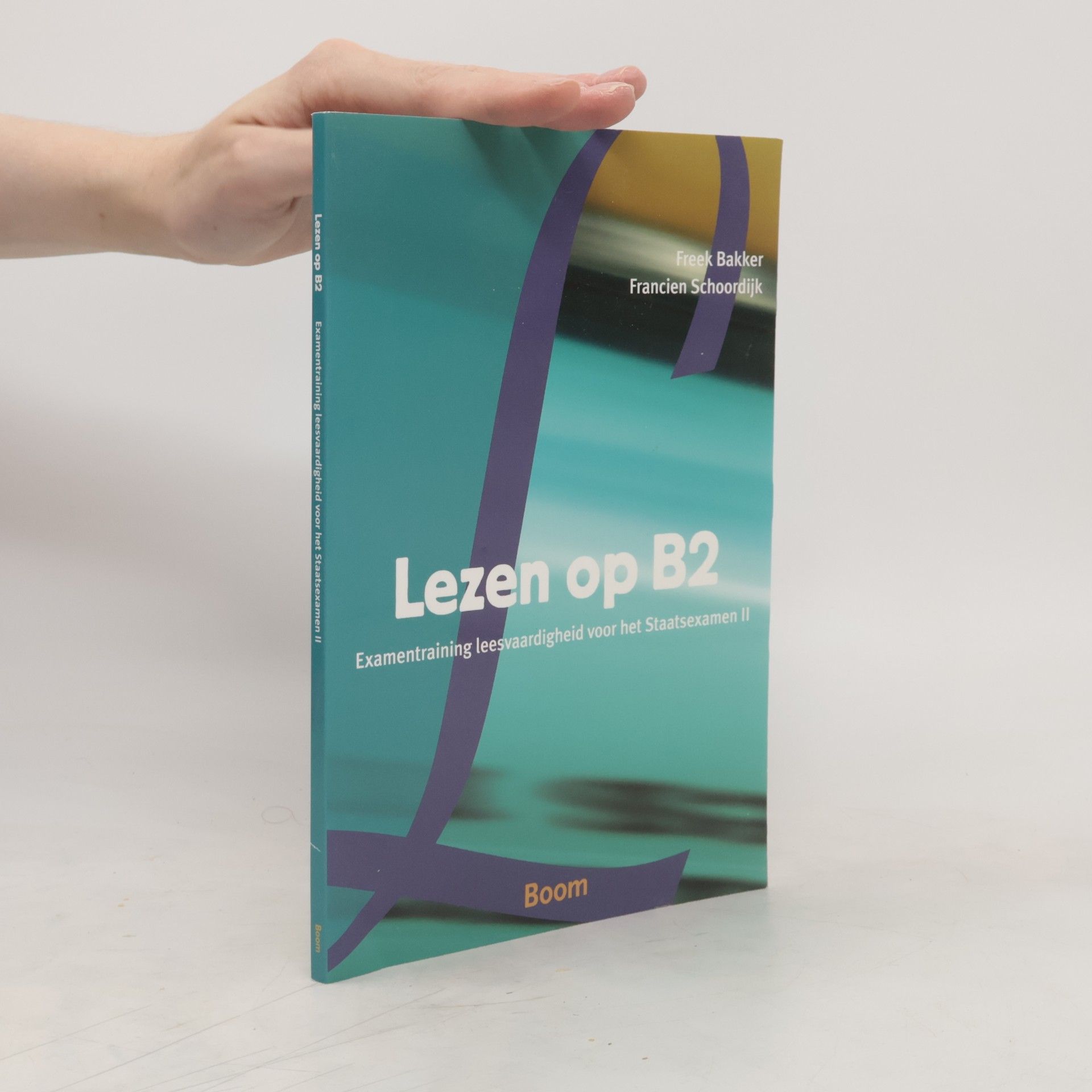Lezen op B2
examentraining leesvaardigheid voor het Staatsexamen II
Studie- en oefenboek voor anderstaligen die werk zoeken op hbo-niveau en Nederlands willen lezen.

examentraining leesvaardigheid voor het Staatsexamen II
Studie- en oefenboek voor anderstaligen die werk zoeken op hbo-niveau en Nederlands willen lezen.